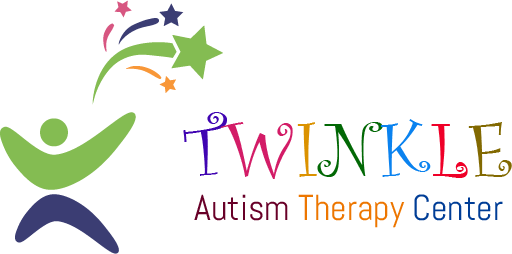Sensory processing dysfunction or Sensory Integration is essentially over and/or under-sensitivity to light, sound, smell, tastes, or touches. It has long been described as a 1 of the symptoms of autism. These sensory issues became a neighbourhood of the diagnosis, usually described as “Hyper or hypo-reactivity to sensory input and weird interests in sensory aspects of the environment. For instance, apparent indifference to temperature, pain and unfavourable response to specific sounds or textures, excessive touching or smelling of objects, visual fascination with movement or lights.” Children with autism and additionally to having challenges in other areas, also are under-sensitive or hypersensitive to noise, touch, light. They’ll be sometimes unable to face with the sound of a dishwasher and on other extreme they even injure themselves to be fully conscious of their bodies. These sensory differences sometimes called as “sensory processing dysfunction or disorder”. They’ll be treatable with this sensory integration therapy.


Sensory processing involves taking in information through senses of body like smell, taste, touch, movement, hearing, vision and to arrange and interpret that information and thus make a meaningful response. Children who have this Sensory Processing Disorder don’t experience these quite interactions within the same way. Sensory Processing Disorder affects the way the youngsters brains interpret the knowledge that comes in and the way they respond with motor, emotional and a few other reactions. Some children with autism feel as if they’re being constantly pounded with sensory information. Sensory integration therapy is an essentially a sort of physical therapy and generally, it’s offered by specially trained occupational therapists in our Sreelatha Autism Center. They involve in specific sensory activities to assist a toddler appropriately answer touch, smells, sound, lights and other input.
